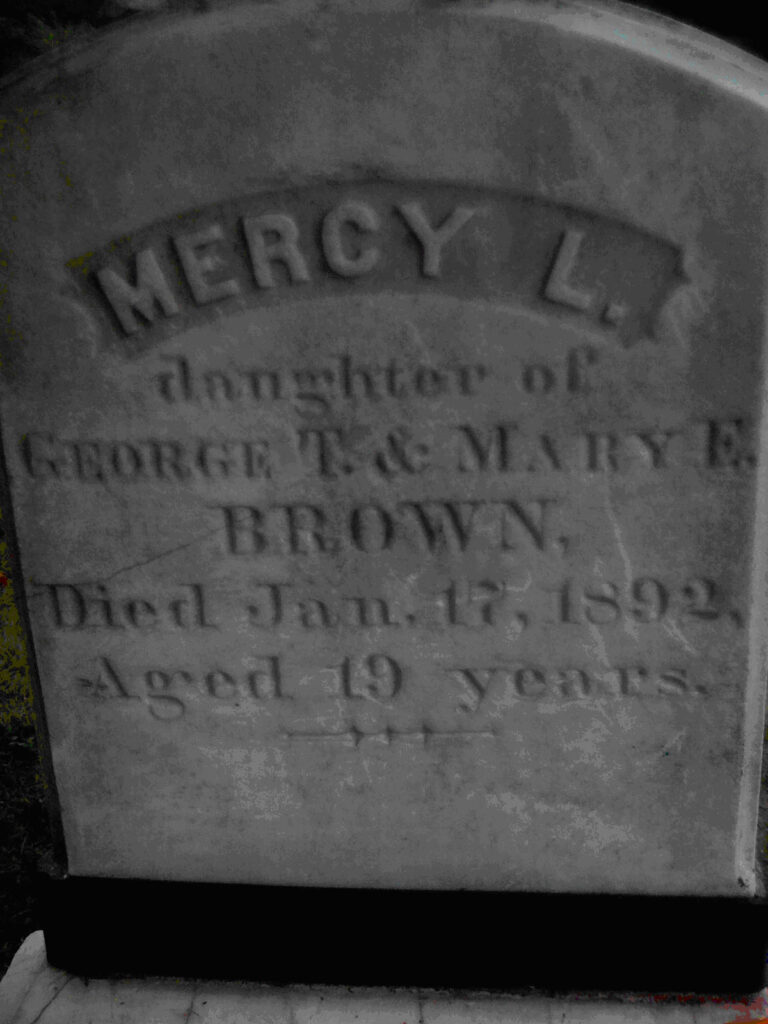Unearthing the Vampire Legend of Rhode Island’s Mercy Brown


From the dark corners of Rhode Island’s history comes the chilling tale of Mercy Brown, a young woman from Exeter, whose story weaves together the threads of 19th-century superstitions and the devastating grip of tuberculosis.
The late 1800s were marked by the ominous presence of tuberculosis, otherwise referred to as “consumption”. This merciless disease claimed the lives of many as communities grappled with the mystery surrounding its spread. In Exeter, the Brown family faced the harsh reality of this insidious illness when it claimed the life of Mary Eliza, followed by her daughter, Mercy, and then her son, Edwin.
Desperation can lead people to embrace extraordinary beliefs, and the Brown family was no exception. Fueled by a combination of grief and the pervasive fear of tuberculosis, they turned to an unsettling practice of exhuming the bodies of their deceased loved ones.
In March of 1892, with the hope of finding an explanation for the relentless spread of tuberculosis within their family, the Browns exhumed the body of Mercy. To their shock, they believed they found signs of vampirism – the lack of decomposition and blood near her mouth.
News of Mercy Brown’s exhumation spread like wildfire, capturing the imagination of the public and sensationalizing the tragedy. Some saw it as evidence of a vampire’s curse, while others viewed it as a desperate attempt to make sense of an unfathomable disease.
The tale of Mercy Brown reflects a blend of scientific ignorance, superstition, and communal fears prevalent in the 19th century, but as we unravel the chilling details one question lingers: Is there truth to this story or are its supernatural elements just another urban legend?





😲